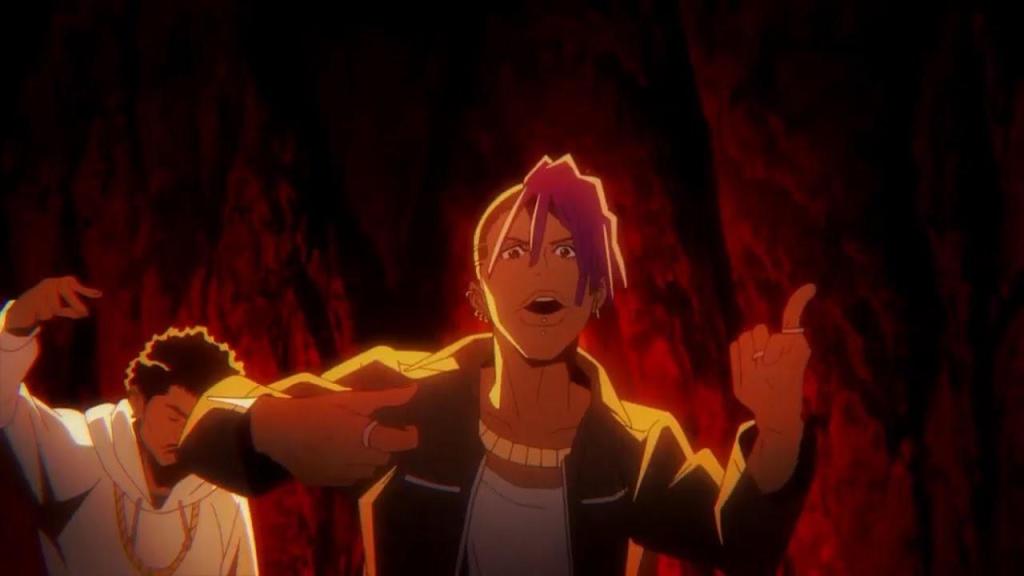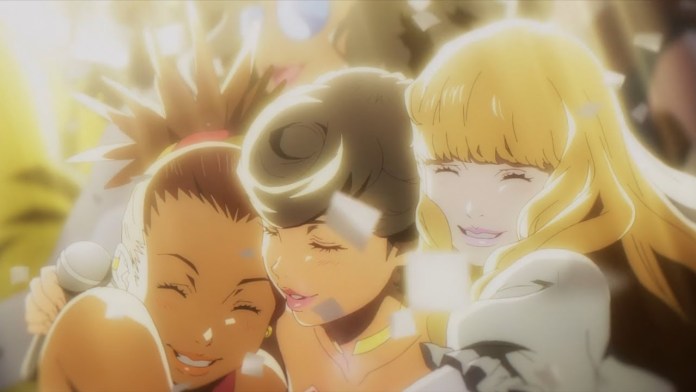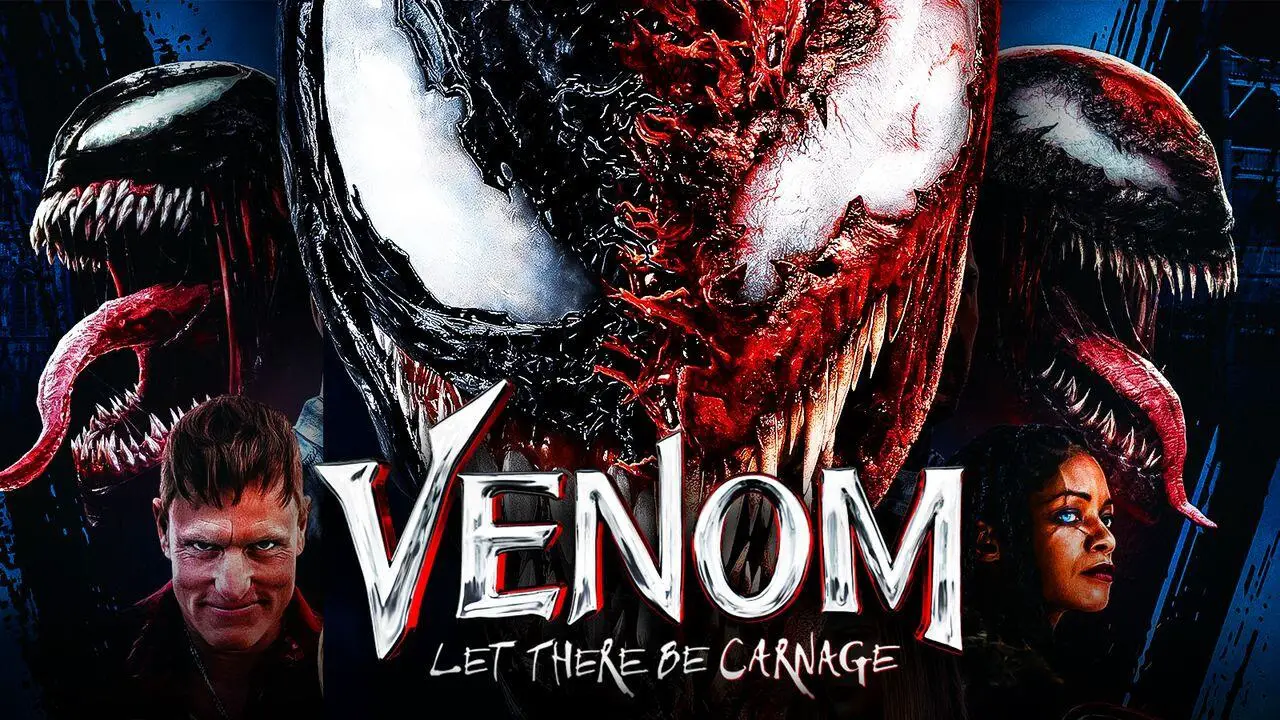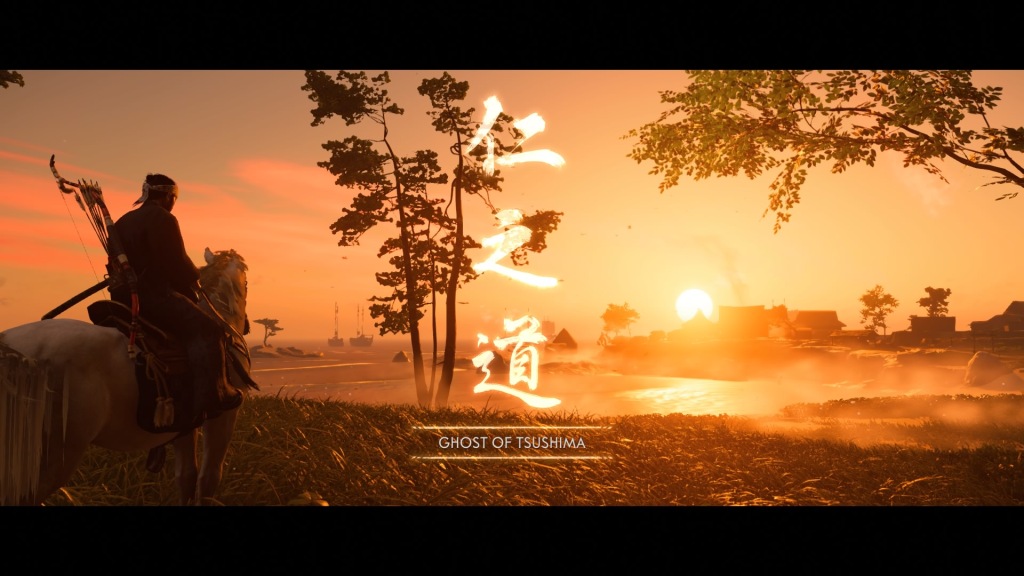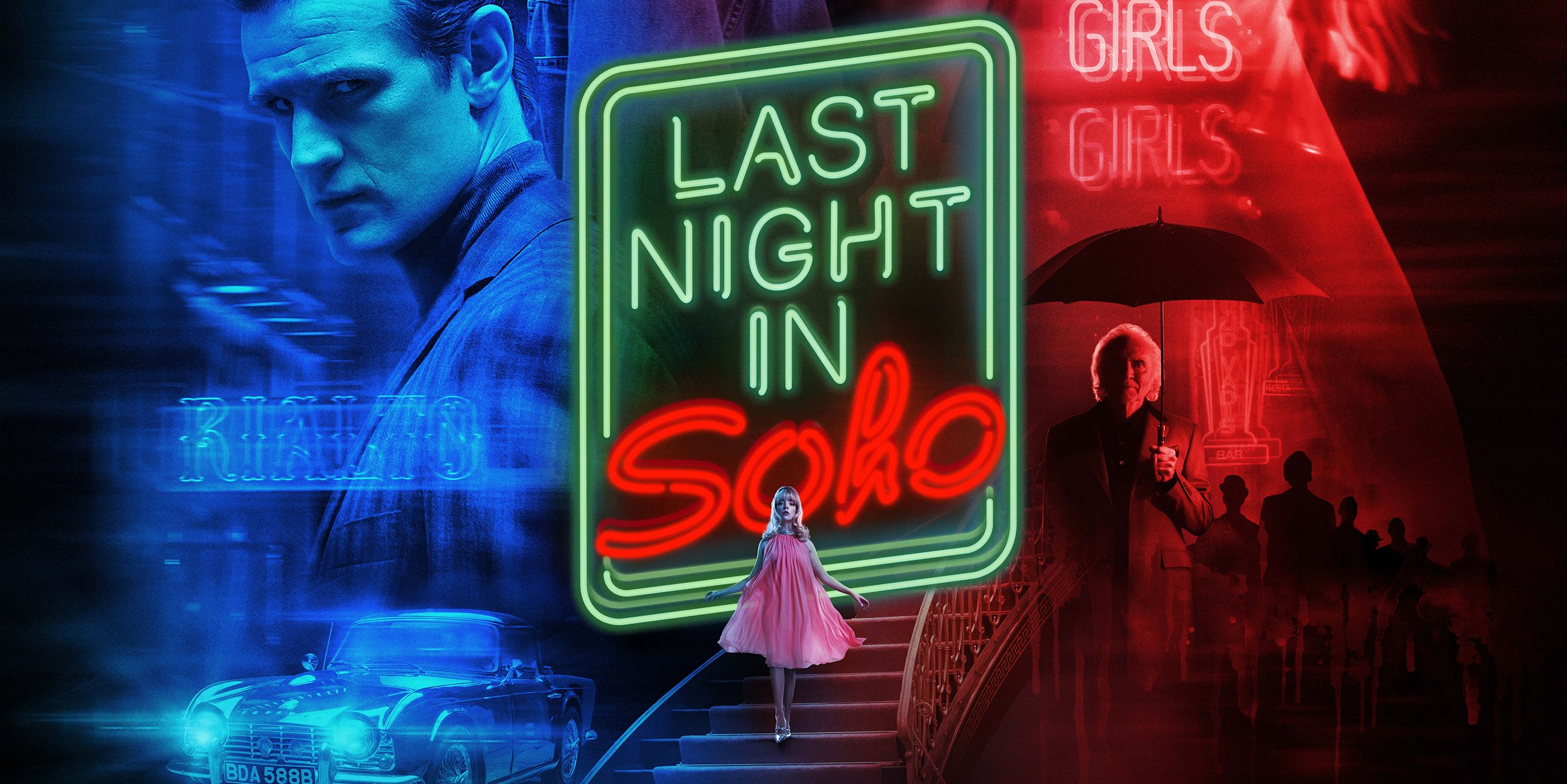
This is London. Someone has died in every room in every building and on every street corner in the city.
Last Night in Soho is the latest film by director Edgar Wright who has given such gems as Shaun of the Dead and Scott Pilgrim vs. the World. It is a movie heavily influenced by Hitchcock, De Palma (when he was copying Hitchcock), and Giallo films from actors Dario Argento and Mario Bava. That is pretty ambitious. For the most part, it works and the end result is a visual feast for the eyes. The movie itself does have some issues in plotting and minor holes in logic. Despite its flaws, it is one of the great rarities in modern film, an original story that does things differently.
Eloise “Ellie” Turner, played by Tomasin McKenzie (Jojo Rabbit), is a young woman who has an obsessive nostalgia for the fashion and music of the sixties. She lives with her grandmother in rural Cornwall and has just found out that she has been accepted into the London College of Fashion. Not only does this set her up as the country girl in the big city, but her mother has a history with London as well. We realize there is something different about Ellie from the outset as she apparently sees her dead mother in a mirror. Her grandmother knows that Ellie can see things that no one else does, but Ellie lies and says she doesn’t anymore. At this point, we don’t know if it is because of a mental illness or not.
When Ellie arrives at her dorm in London after a creepy encounter with a cab driver, she meets her roommate Jocasta (Synnøve Karlsen) an overly posh and overly mean girls type. After a brief uncomfortable stay, she decides to move out on her own and rents a room in the Soho district from an elderly landlady played by the late Dianna Rigg in her final role.

On her very first night in her new flat, she dreams of traveling back in time to the swinging 60s of London. She finds herself accompanying a woman named Sandie, played by Anya Taylor-Joy (The Queen’s Gambit). Alternating from seeing through her eyes, and accompanying her in the second person, Ellie experiences a young woman’s desire to become a musical star in the neon-lit district of Soho. She seems to meet the perfect man to be her manager and lover in the person of Jack, played by Matt Smith (Doctor Who). Over the next few nights, she returns to that dreamy surreal world and finds inspiration in Sandie and the era. Ellie finds more confidence in herself, dies her hair like Sandie, dresses similar to her, and even earns praise in class for her retro fashion designs inspired by the clothes of Sandie.
Over the ensuing nights, it becomes apparent that the neon glitz and glamour of sixties London is not what nostalgia paints it out to be. There is a seedier side to it as Ellie begins to experience more of Sandie’s story as it becomes a dark and seedy nightmare. Jack is not what he seems and her aspiring career as a singer becomes nothing more than becoming a playing for rich old men looking for women. It’s even worse for Ellie as images and scenes from her dream world starts to intrude upon her waking world, causing her, and us, to question her grips on reality and sanity. Is she going insane, or is she really being haunted by the ghosts of London’s nightlife? Of course, her classmates notice her reactions, who almost all think she is losing it. The only one that supports her and cares for her is the potential love interest, John (Michael Ajao).
Last Night in Soho is, without doubt, a technical marvel in both sound and vision. Edgar Wright, with the aid of cinematographer Chung Chung-hoon, drenches scenes in neon lights and brightly lit color palettes that soak the characters with vibrant hues of reds, blues, and greens. Wright and Chung use many creative shots that employ mirrors to show both Ellie and Sandie in the same shots or even swapping them out. Many of these camera tricks were practical and on set as opposed to digital. This use of mirrors to show the dual natures of Ellie and Sandie becomes a major theme throughout the film.

You can’t have a movie about the London music scene without the music of the era. The soundtrack may as well be considered a cast member of the film. From the opening scene, we hear Peter & Gordon’s classic “A World Without Love” loudly playing on Ellie’s little phonograph as she dances in her Cornwall home in a dress she made herself. Later we are treated to a bit of Acapella from Anja Taylor-Joy doing a cover version of Petula Clark’s “Downtown.” In the case of Last Night in Soho, the music serves as a Greek Chorus for the viewer. Each song is there for a reason, not just to instill pop nostalgia, such as The Kink’s “Starstruck:”
Baby, watch out or else you’ll be ruined
‘Cause once you’re addicted to wine and champagne
It’s gonna drive you insane
Because the world’s not so tame
The cast is strong, but the standouts are the two main leads playing Ellie and Sandie. Thomasin McKenzie really brings Ellie to life with a character that has to go through the wringer of emotions ranging from being an innocent waif to a young woman on the verge of doubting her sanity. As the plot unfolds, her character has to contend with the truth that the world is not black and white and people will often do horrible things to survive. You won’t have any problems rooting for her. Anya Taylor-Joy as Sandie graces her opening scenes with assured confidence, but as her story goes on we see her vulnerabilities and feel for her tragic story as we know it will not end well.
A special mention must be made to Dame Diana Rigg for gracing us with a final performance that, though small, is memorable and filled with her natural charm and wit.
Matt Smith seems to be borrowing a page out of David Tennant’s book and relishing in playing a psychopath role after a run in Doctor Who. It really works for him as he is meant to be charming on the surface. But underneath, he is a menace.
The movie does suffer a bit in some areas, most notably with holes in logic. Parts of the plot hinges on mystery, and that mystery centers on names and identity. Without spoilers, an unnecessary sub-plot could have been avoided if Ellie just knew a person’s name, and she is in a particular position that she should at least know that or at least a bit of his history. The mean girls’ clique led by Jocasta is a bit too over the top, though not going into bullying territory, the catty stares and talking behind the back are a bit much.
What Last Night in Soho gets right is style and panache. Edgar Wright channels Hitchcock in maintaining Ellie as a POV character which maintains the feeling that we are whether experiencing her going mad or experiencing a true supernatural horror. Some of the camera tricks involving the use of mirrors are evocative of films like The Eyes of Laura Mars by Irwin Kishner. The staging and colors are reminiscent of Dario Argento’s Suspiria.
Last Night in Soho does not fall into any specific genre, not neatly anyway. It is part drama, fantasy, ghost story, Giallo horror, and psychological thriller. It has a message to be careful of nostalgia because the rose tint of it often clouds the realities. And in the case of Ellie, it can be horrifying. The film is a welcome addition to a genre of horror that has become rather stale with gore and slasher films where you root more for villains to kill victims. Highly recommended.

